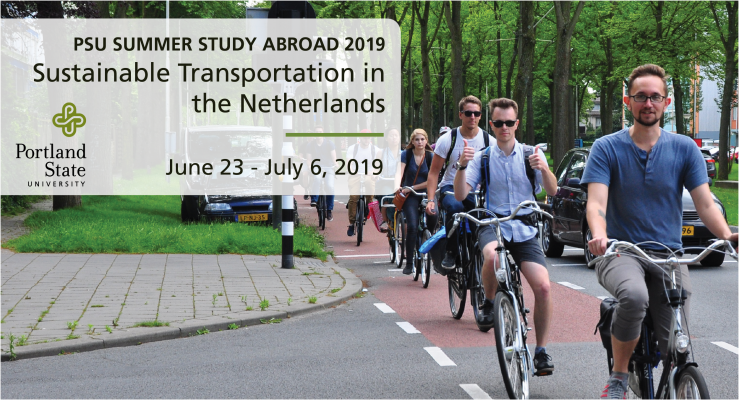The video begins at 0:47.
View handout
Abstract: Using the Seattle Bicycle Master Plan as a model, this presentation will provide a roadmap for developing and implementing bicycle master plans.
Toole Design Group (TDG) served as the prime consultant for the City of Seattle Bicycle Master Plan. In partnership with the City, TDG took a diverse approach to public involvement, including working with a Citizen’s Advisory Committee and local advocacy groups, conducting an online survey, and conduction highly successful public input meetings that were attended by hundreds of people. The project involved extensive GIS and field analysis, and the development of specific recommendations for street reconfigurations and wayfinding signs for a 450-mile network of on and off-street facilities. The project included design innovations such as shared-lane markings, up-hill bike lanes, buffered bike lanes, and new warning and wayfinding signs. It also included new thinking on right-of-way assignment and the design of trail street crossings. In addition, TDG developed bicycle facility design guidelines recommendations for education and enforcement programs to support and encourage bicycling, and policies for integrating bicycle considerations into all City projects and programs. The Plan focused heavily on implementation and included...
Read more

